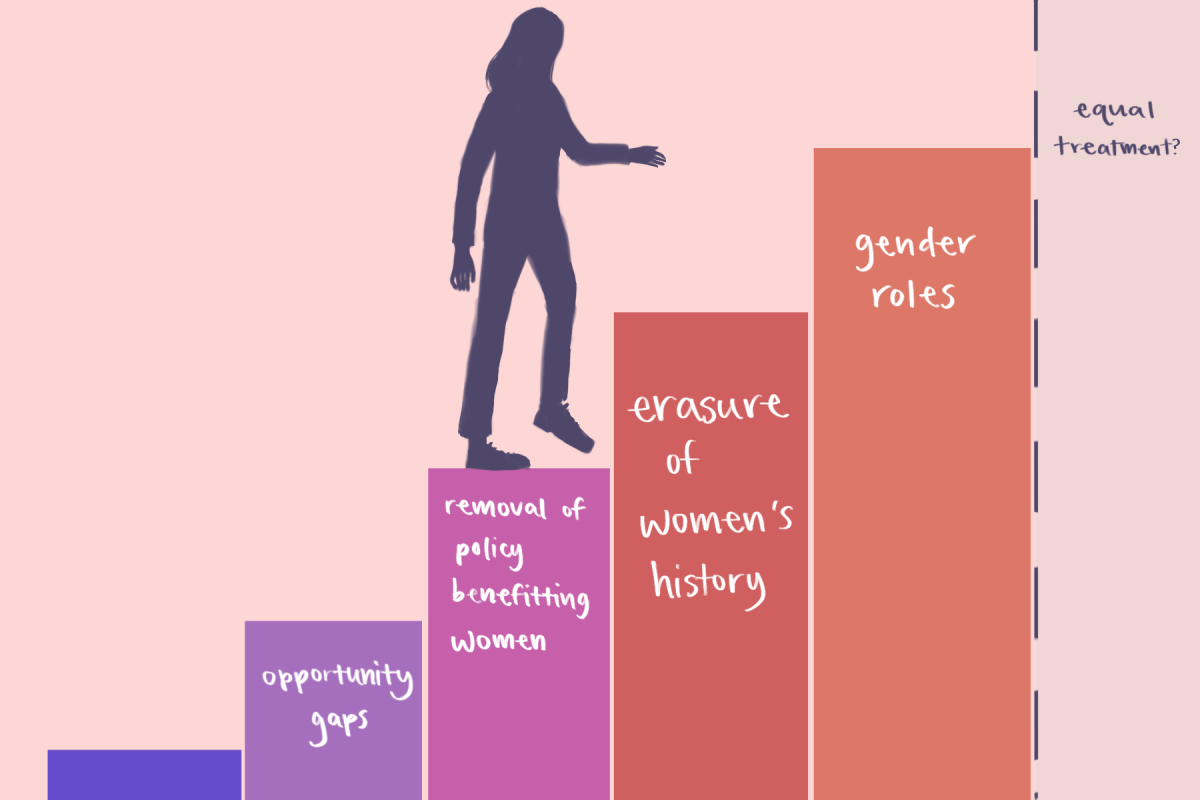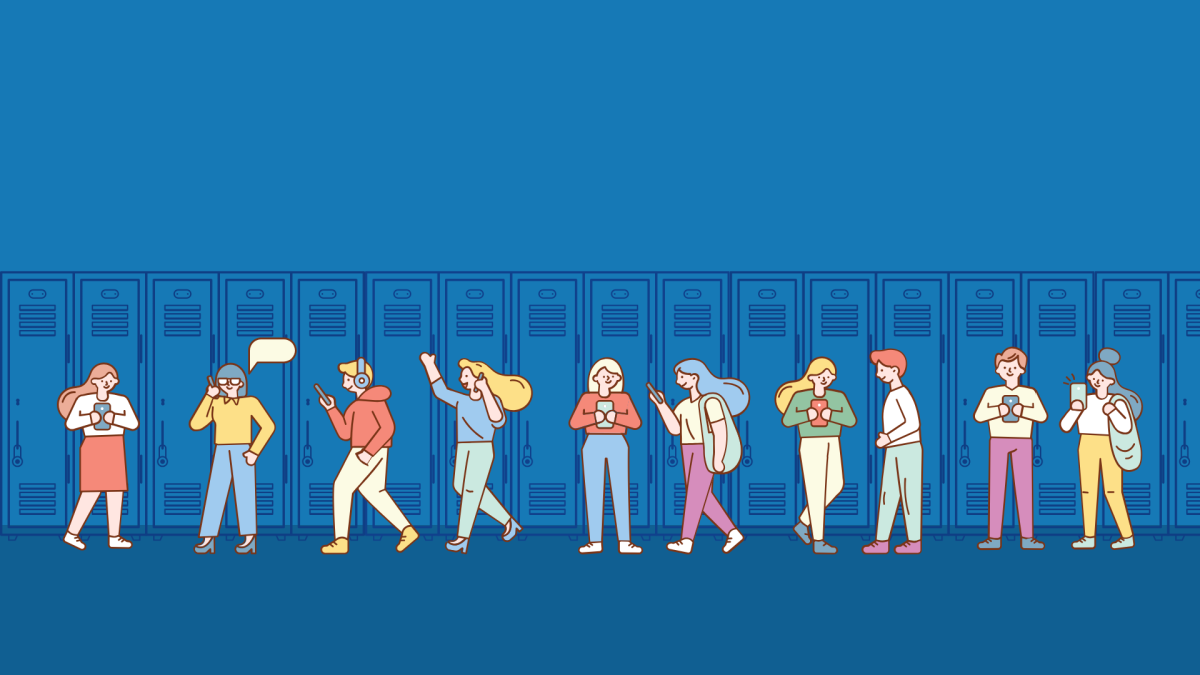Being able to create and study ecosystems first hand has felt invigorating. Hands-on environmental learning not only engages students more deeply but also enhances their understanding of how nature’s elements work together.
Ever since the return of AP Environmental Science this school year, students have engaged in hands-on projects, such as creating ecosystems from recycled materials. “Project-based” learning allows students to engage deeply with the material, helping them approach challenges and tasks effectively. This approach not only benefits students but also helps teachers evaluate their understanding and engagement. By applying “project-based” concepts in the classroom, teachers can provide valuable feedback to students. Observation and feedback are crucial for student growth, particularly in the dynamic field of environmental learning.
As climate change evolves daily, students often struggle to connect textbook material to real-world examples. Without “project-based” learning, this connection can remain abstract, making it harder for students to stay focused and engaged. By participating in projects that address real-world impacts of climate change, such as tracking local weather changes or studying ecosystems, students can directly relate textbook concepts to vivid, tangible examples. This hands-on involvement makes learning more meaningful and impactful. However, even at smaller schools, obtaining the necessary resources and equipment for such projects can be challenging. Despite these obstacles, innovative strategies, such as collaborating with local environmental groups or using affordable resources, can help bridge these gaps and enhance educational experiences.
Creativity and collaboration can bridge the resource gap. Teachers can innovate by using everyday materials or digital tools to simulate environmental systems or by being able to have students come up with their own solutions to problems in the surrounding school area. Being able to embrace these strategies, even small schools can offer enriching “project-based” learning experiences that prepare students to tackle environmental challenges with confidence. Ultimately, these creative solutions do more than just address immediate challenges; they pave the way for long-lasting educational benefits.
These hands-on experiences not only make learning more engaging but also equip students with the skills needed to address environmental issues in their communities and beyond. By seeing the tangible results of their work, students are inspired to take an active role in sustainability efforts, potentially guiding them toward future careers in environmental science or advocacy. For educators, it’s crucial to provide these opportunities to inspire the next generation of environmental leaders. Through “project-based learning,” we can ensure students are not only informed about the challenges facing our planet but are also empowered to be part of the solution.









